Description
Provocator Gladiator Helmet
The Provocator Gladiator was a formidable figure in ancient Roman arenas, known for their distinct armor and accessories that set them apart from other gladiators. These highly trained fighters were revered for their offensive and provocative style of combat, designed to entertain and engage the audience while engaging in intense battles.
The armor worn by the Provocator Gladiator was both functional and visually striking. It consisted of several components that provided protection without hindering movement. The gladiator’s primary armor piece was the Lorica Segmentata, a segmented plate armor that covered the chest and upper body or torso. This armor was made from iron or steel strips that were linked together, allowing flexibility and protection. The Lorica Segmentata offered excellent defense against slashing and stabbing attacks, crucial in the chaotic arena.
To complement the chest armor, the Provocator Gladiator wore sturdy leather or metal shoulder guards known as Pauldrons. These protected the upper arms and shoulders while allowing freedom of movement. The gladiator’s arms were typically covered in arm guards or Manicae, which shielded the forearms and provided additional defense against enemy strikes.
The gladiator’s legs were safeguarded by greaves, which were metal shin guards strapped around the lower legs. These greaves offered protection against low strikes and played a crucial role in the Provocator Gladiator’s agile fighting style. Additionally, leather or metal thigh guards called Focale were worn to provide further protection to the upper legs.
What truly distinguished the Provocator Gladiator from others was their choice of accessories, designed to provoke and engage the audience. One notable accessory was the Galea, a Provocator helmet with a unique design. The Galea had a tall crest running from front to back, often adorned with feathers or horsehair. The crest added height to the gladiator’s appearance, making them more visible and dramatic to the spectators.
In their hands, the Provocator Gladiator wielded a short sword called a Gladius, the iconic weapon of the Roman legions. The Gladius was a versatile weapon with a sharp, double-edged blade, perfect for close-quarters combat. To complement their sword, the gladiator also carried a rectangular shield called a Scutum. The Scutum was made of wood and covered with leather or metal, providing ample protection against enemy attacks.
To further captivate the crowd, the Provocator Gladiator would wear decorative accessories such as a cingulum, a wide belt adorned with metal plates or studs, and often paired with a balteus, a wide leather belt with decorative buckles and straps. These belts not only added to the gladiator’s visual appeal but also served to support their armor and weapons during combat.
In conclusion, the Provocator Gladiator was a showman of the ancient Roman arenas, known for their distinct gladiator armor and accessories. Their Lorica Segmentata, Pauldrons, arm guards, greaves, and Focale provided them with essential protection, while the Galea helmet and decorative belts added to their visual impact. Armed with the Gladius sword and Scutum shield, the Provocator Gladiator’s attire and equipment were meticulously designed to entertain the audience and provoke excitement during their thrilling battles.
Size of Provocator Gladiator Helmet
- Ear to Ear: 19 cm
- Front to Back: 24 cm
- Inner Circumference: 68 cm
- Finishing: Clear
Key Features:
- Holds on head with a chin strap
- Thick padding available in 2 mm and 2.5 mm helmets
- Suitable for gladiator fencing and reenactment
- Facilitate with height adjustment liner
- Comfortable to wear
- Wonderful for cosplay events or theater productions




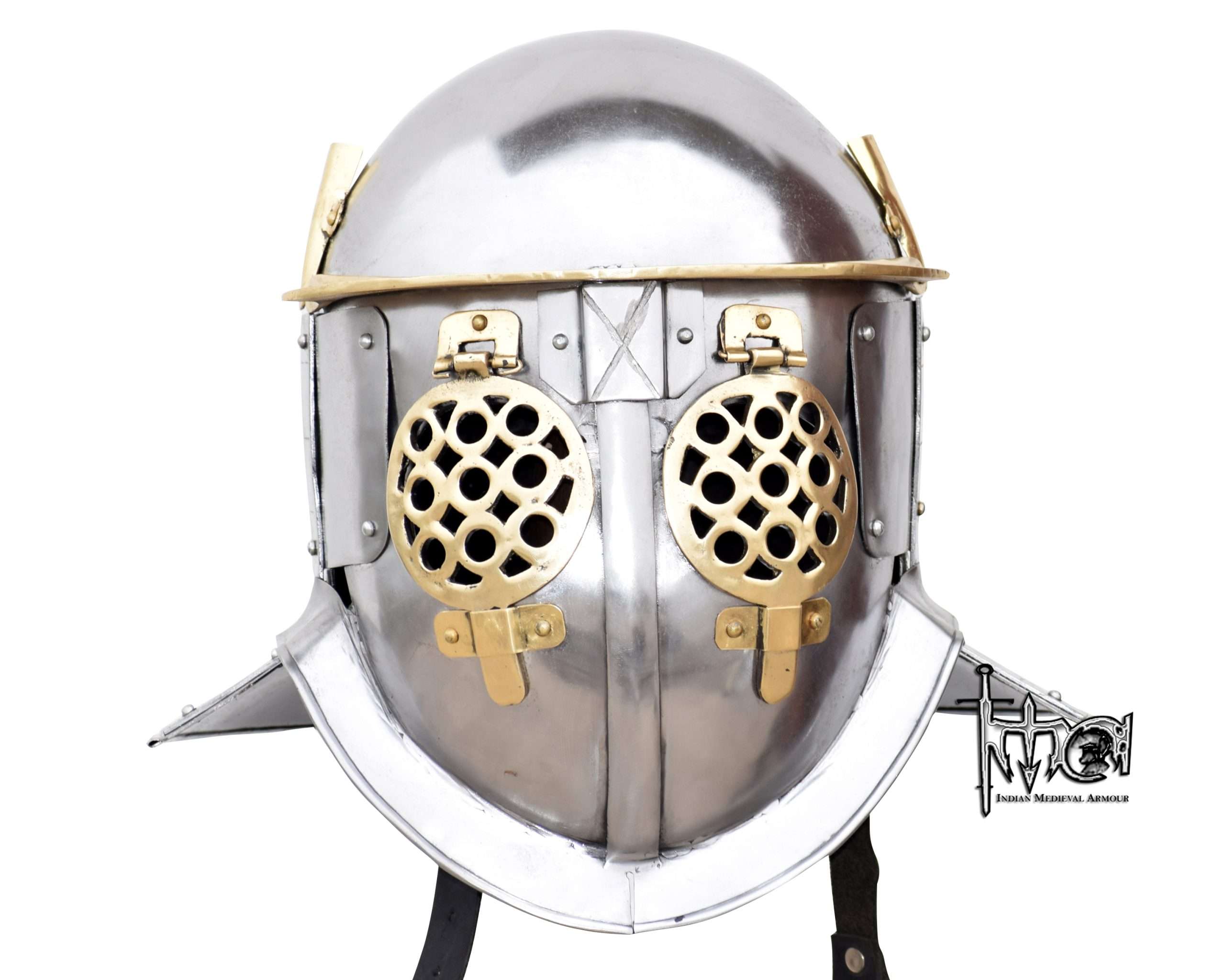
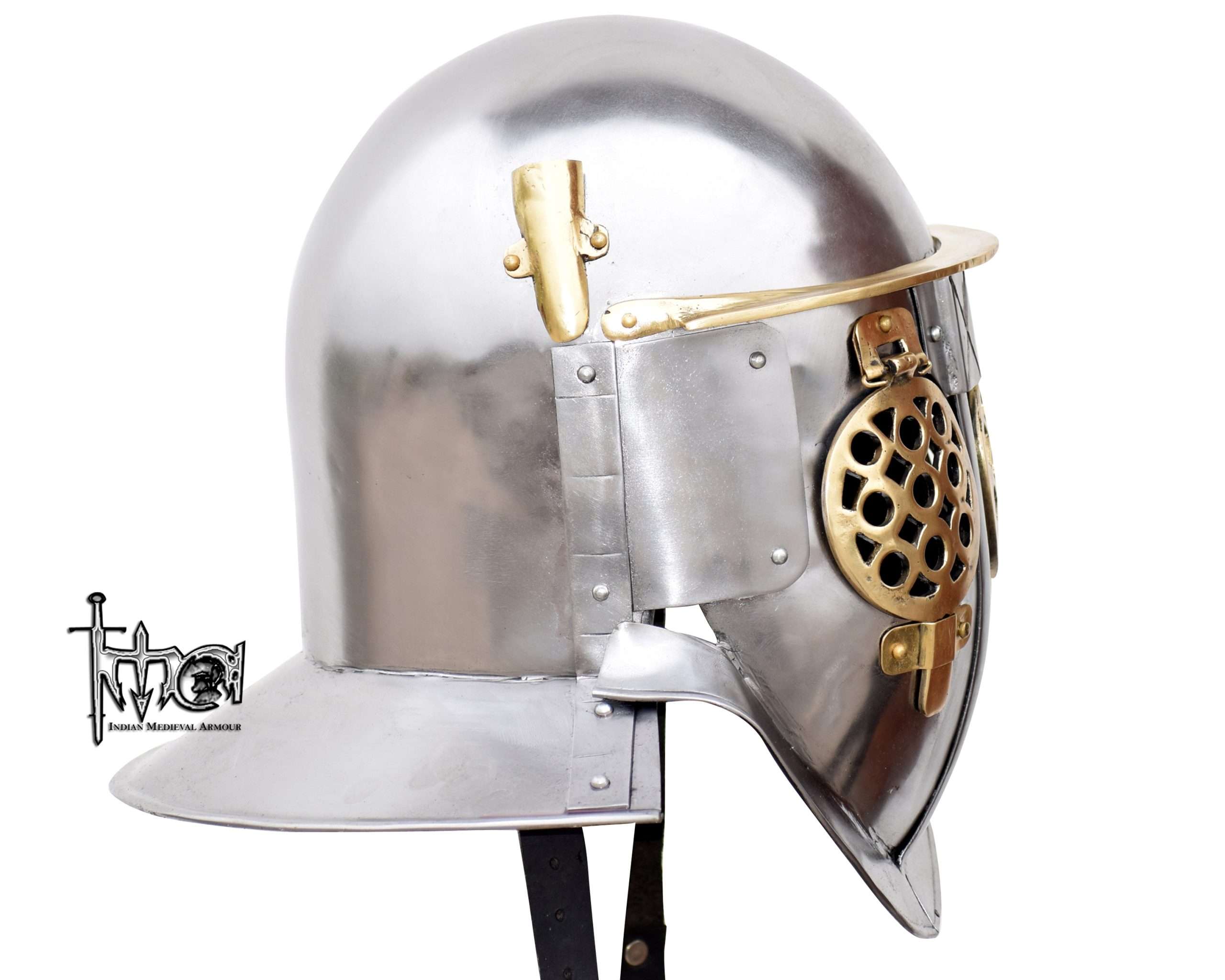



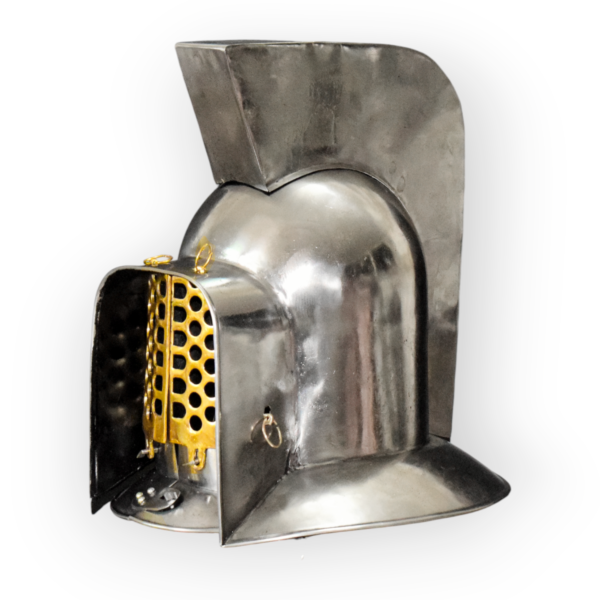

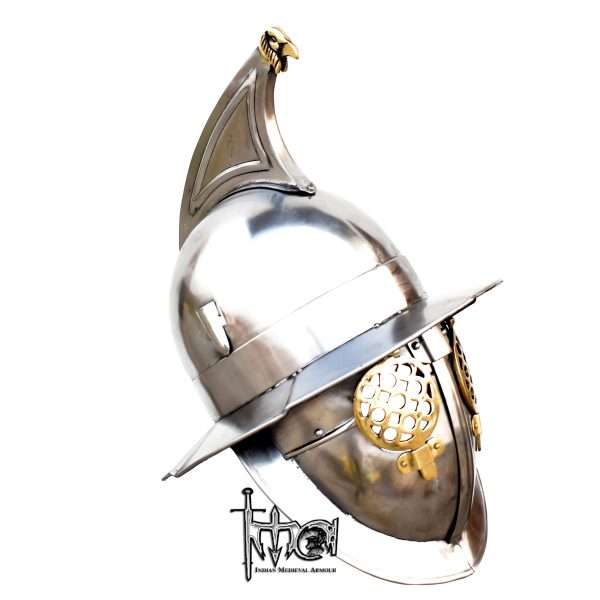







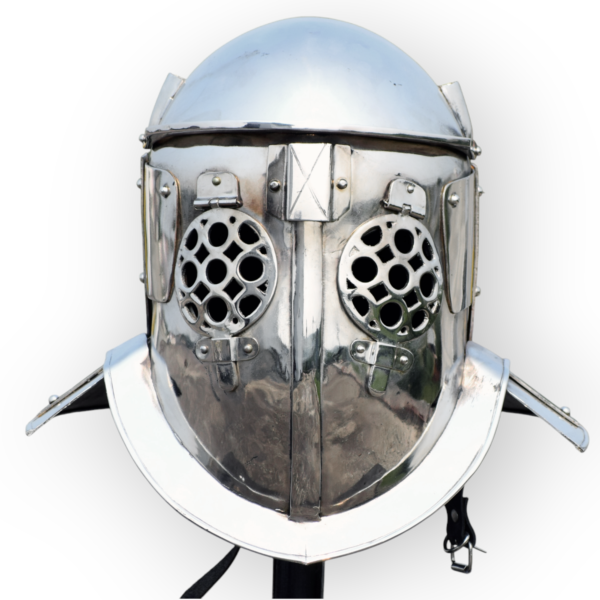







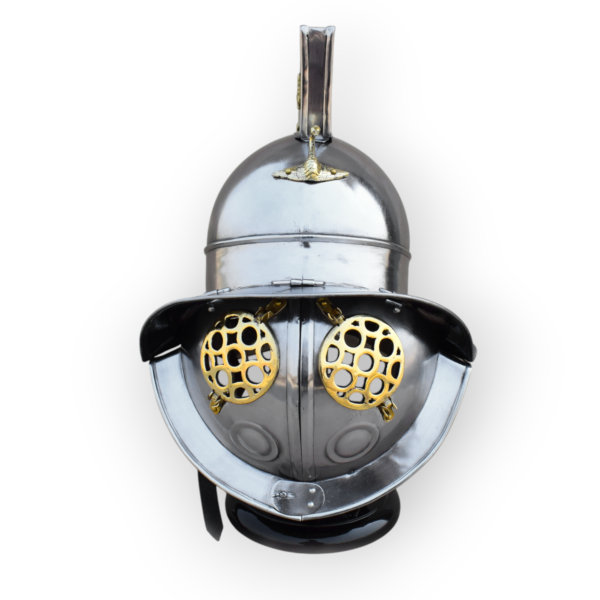



Amanda Godfrey –
My son loves this helmet.